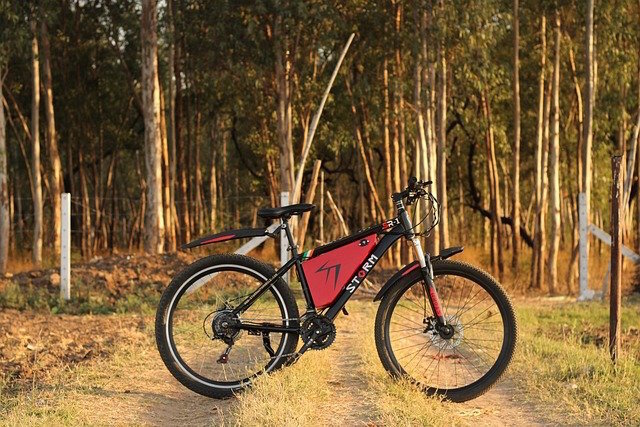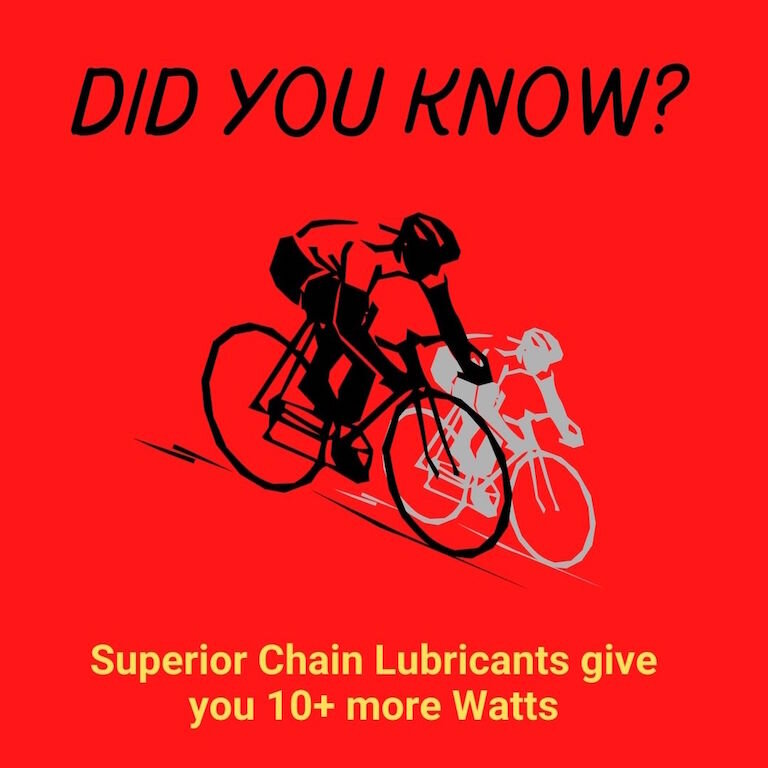How many calories do you burn on an electronic pedal-assist bicycle?
The average e-cyclist burns between 300-400 CALORIES per hour or approximately 25% fewer calories compared to non-pedal assist bicyclists.
e-MTB riders burn more calories compared to e-cyclists, however, they burn 30% fewer calories compared to non-pedal-assist-mountain bikers.
E-cycling & calories
A 2018 study conducted “a systematic literature review of studies examining physical activity, cardio-respiratory, metabolic and psychological outcomes associated with e-cycling.” The results:
4399 papers were initially identified. After screening and further analysis, 17 papers were included in this study
E-cycling provides less activity compared to conventional cycling
E-cycling provided more physical activity than walking
Calories burned per hour: 294 to 390 kcal/hour
Percentage of maximum heart rate: 67-79 (lower than conventional bike riding)
The researchers' conclusion:
"In this novel systematic review provide moderate evidence that e-cycling elicits activity at an intensity high enough to promote some positive health outcomes. E-cycling leads to reduced activity volume and intensity over the same distance compared to conventional cycling. Therefore, e-cycling requires more frequent and longer rides to accrue comparable health benefits."
-International Journal of Behavioral Nutrition and Physical Activity
E-bike vs traditional bike & calories
A 2017 study from the Journal of Transport & Health, compared the calories expended of e-bikes, walkers, and traditional bikes:
e-Bikes = 24% less calories compared to traditional bike
e-Bikes = 64% fewer calories compared to walkers (mile per mile)
E-mtb vs mountain bike & calories
A 2017 study from BYU rode a 5.5 mile (8.8 km) singletrack loop while riding the 2017 Specialized Turbo Levo FSR Comp Carbon 6Fattie Mountain e-Bike and the non-pedal assist version of the same bike. This loop also featured a 5% incline over a one-mile (1.6 km) stretch:
The study found that the eMTB riders completed the 5.5-mile loop 50% faster than the traditional mountain bike
The average heart rate was 7% higher for the non-eMTB group
Average Heart Rate (beats per minute)
Lu - on an e-bike
Estimated calories burned during the 5.5 mile singletrack loop
This study didn’t calculate calories expended. However, based on the data that was provided, fairly accurate caloric estimations can be determined:
597 calories burned for non-pedal assist mountain bikers *
369 calories for eMTB riders*
(*both numbers are estimates of calories burned during the 5.5-mile loop)
The regular mountain bike rider burned nearly 50% more calories over the same distance of single-track riding compared to the eMTB bicyclist.
This is the only reputable study that compares pedal-assist mountain biking to non-pedal assist mountain biking. This makes quantifying the exact differences in energy expenditure difficult to extrapolate to the broader masses of e-MTB riders.
However, this does provide good data for comparisons between the differences in physical exertion levels between the two types of bikes.
E-bikers spend more time on their bike???
“This suggests that e-bikers may compensate, at least in part, the lower effort per kilometre of e-biking by traveling longer distances. ”
It’s very common to hear that e-bikers spend more time in the saddle compared to their non-pedal-assist pals.
A 2019 study from Europe concluded that e-bikers travel longer distances and use their bikes more frequently compared to traditional cyclists. However, this data was sourced from 7 European cities, where bikes are used in place of cars and public transit.
In the previous study, e-MTB riders completed the singletrack loop 50% faster, while exerting significantly less effort in doing so.
However, if the e-riders want to increase their caloric expenditure just simply doing another lap or trail will result in a similar total caloric burn.
“However, the share of recreational trips is lower among e-bikers than among cyclists”
How much of a ‘boost’ do e-bikes provide?
Most e-bikes provide 250 to 900 watts or about 1/3 horsepower to 1.2 horsepower
In the USA, the maximum speed allowed for e-bikes is 28 mph (32 kph) in most public places
At 28 mph the pedal-assist feature reaches its limit and no longer provides any further assistance to the rider
quick review
Riding a pedal-assist bike, whether it’s an e-MTB or e-bike burns approximately 25% fewer calories compared to traditional bikes. However, many people ride bikes for many other reasons besides to ‘burn calories.’
I occasionally ride an e-MTB since we offer an e-MTB tour in Patagonia and enjoy riding all bikes, regardless of who or what is doing the pedaling.
Jesse is the Director of Pedal Chile and lives in La Patagonia. Jesse has a Master of Science in Health and Human Performance and a Bachelor of Science in Kinesiology. Hobbies: Mountain biking, eMTBing, reading, researching, and trying new craft beers.
Additional articles I have written:
Sources:
Bourne, Jessica E., et al. “Health Benefits of Electrically-Assisted Cycling: A Systematic Review.” International Journal of Behavioral Nutrition and Physical Activity, vol. 15, no. 1, 21 Nov. 2018, ijbnpa.biomedcentral.com/articles/10.1186/s12966-018-0751-8, 10.1186/s12966-018-0751-8.
Castro, Alberto, et al. “Physical Activity of Electric Bicycle Users Compared to Conventional Bicycle Users and Non-Cyclists: Insights Based on Health and Transport Data from an Online Survey in Seven European Cities.” Transportation Research Interdisciplinary Perspectives, vol. 1, June 2019, p. 100017, 10.1016/j.trip.2019.100017.
De La Iglesia, Daniel, et al. “Increasing the Intensity over Time of an Electric-Assist Bike Based on the User and Route: The Bike Becomes the Gym.” Sensors, vol. 18, no. 2, 14 Jan. 2018, p. 220, 10.3390/s18010220.
Fishman, Elliot, and Christopher Cherry. “E-Bikes in the Mainstream: Reviewing a Decade of Research.” Transport Reviews, vol. 36, no. 1, 30 July 2015, pp. 72–91, peopleforbikes.org/wp-content/uploads/2018/06/E-bikes-in-the-Mainstream.pdf, 10.1080/01441647.2015.1069907.
Hall, Cougar, et al. “Pedal-Assist Mountain Bikes: A Pilot Study Comparison of the Exercise Response, Perceptions, and Beliefs of Experienced Mountain Bikers.” JMIR Formative Research, vol. 3, no. 3, 13 Aug. 2019, p. e13643, 10.2196/13643.
Langford, Brian Casey, et al. “Comparing Physical Activity of Pedal-Assist Electric Bikes with Walking and Conventional Bicycles.” Journal of Transport & Health, vol. 6, Sept. 2017, pp. 463–473, 10.1016/j.jth.2017.06.002.
“Physical Activity of Electric Bicycle Users Compared to Conventional Bicycle Users and Non-Cyclists: Insights Based on Health and Transport Data from an Online Survey in Seven European Cities.” Transportation Research Interdisciplinary Perspectives, vol. 1, June 2019, p. 100017, 10.1016/j.trip.2019.100017.
















